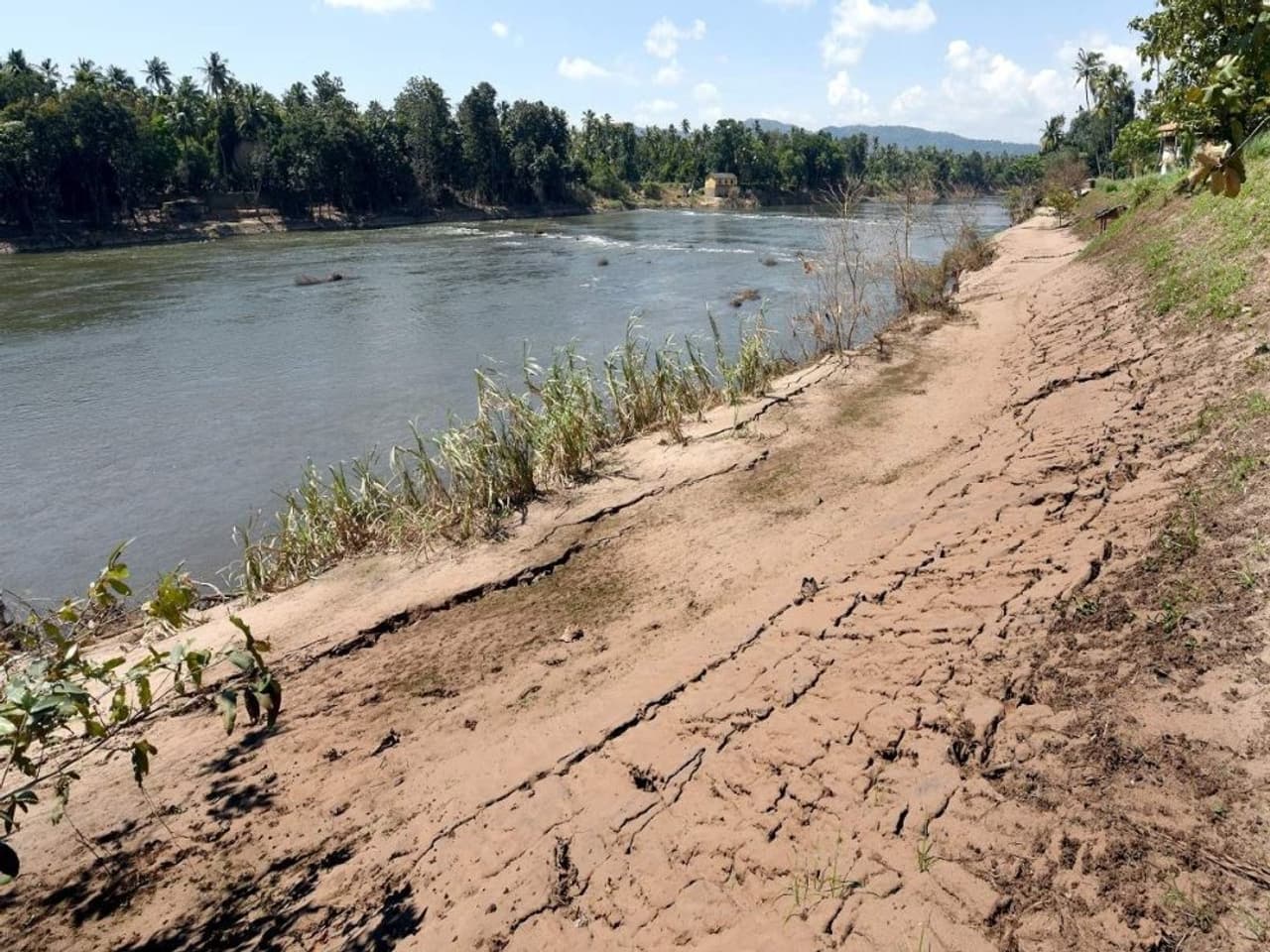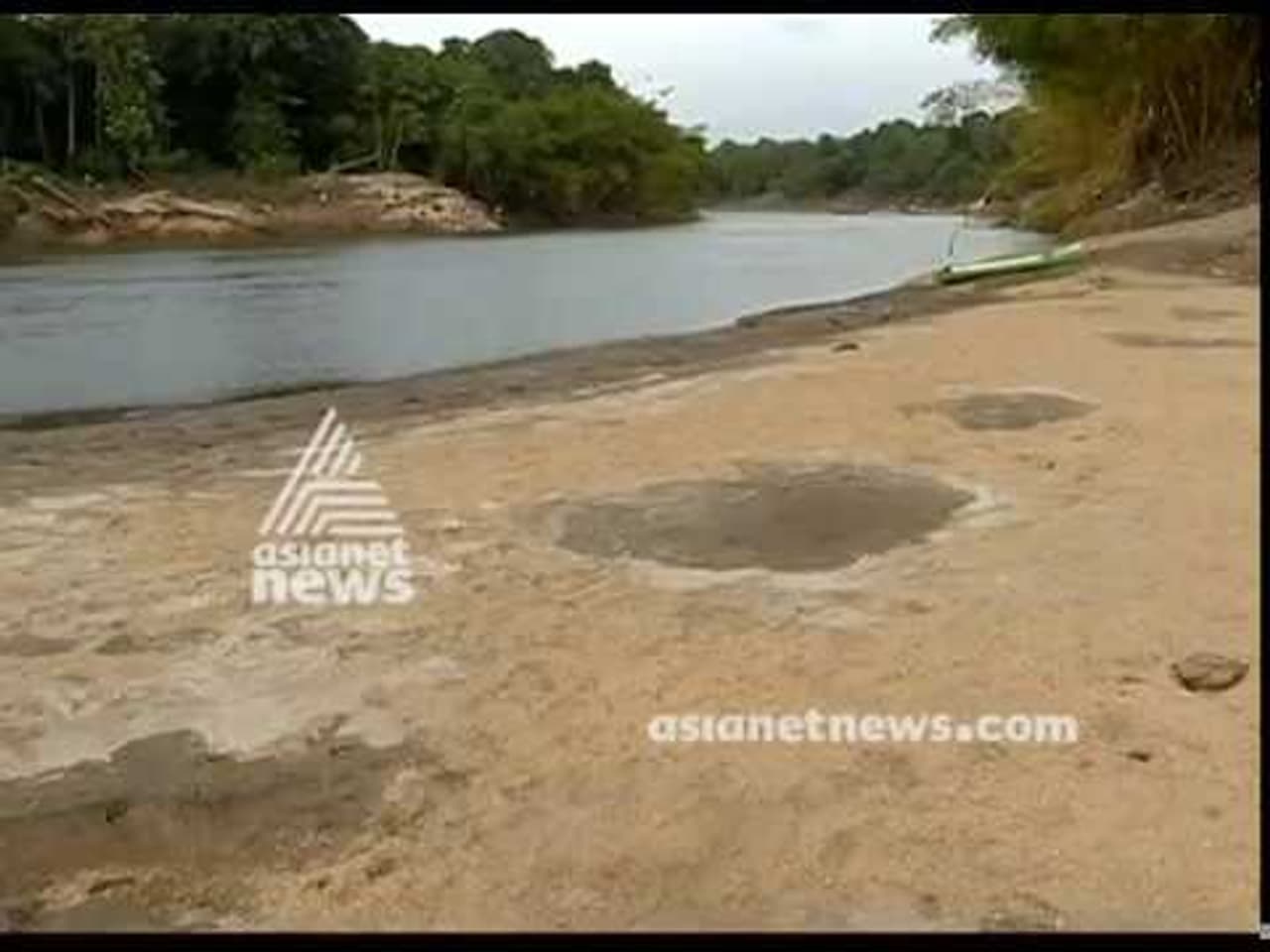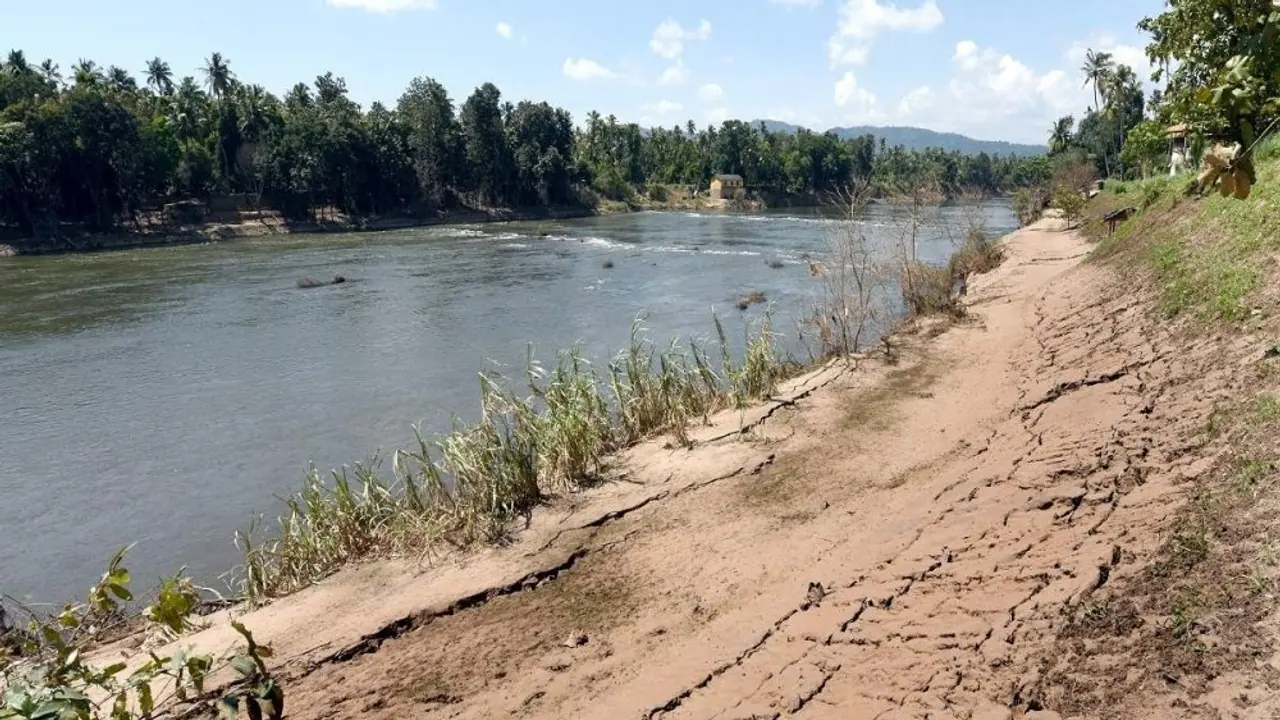Especially Idukki and Wayanad, that were flooded resulting in displacement of thousands of families, are facing acute drought. Rivers including Periyar, Bharathapuzha, Pampa and Kabani are dried up and cracks can be seen on the surface.
At a time when Kerala is gradually rebuilding itself fighting the recent deluge, here is another shocker that some districts of the State are facing.
Especially Idukki and Wayanad, that were flooded resulting in displacement of thousands of families, are facing acute drought. Rivers including Periyar, Bharathapuzha, Pampa and Kabani are dried up and cracks can be seen on the surface.
Speaking to My Nation, Vishnu P Vishwanathan, a journalist working closely with flood relief work in Kerala, said that the temperature in the State is too high, sometimes even goes up to 40 degree Celsius in the day time and falls below 24 in the night.
According to Vishnu, this kind of drought occurs in deserts and not in water-surrounding lands.
"The rise in temperature has led to drying up of rivers in Wayanad and Idukki. Another reason is that the water stored in reservoirs, following the flood, was to be released in different phases. Instead, the water was released at once, with the water level dropping all of a sudden. Now, with temperatures soaring high, the river is drying up," Vishnu said.
"This development has led to a mass dearth of earthworms. These worms provide oxygen to the sand/soil and keeps it fertile. But now, scorching sun and dried-up rivers, have made it difficult for the earthworms to survive. This also means that the soil is no more fertile and cultivation in this land will also not be effective," he said.
Vishnu also said, "Pepper is the main plant grown in and around Idukki and Wayanad. But pepper does not have a strong root. Instead, it depends on other trees surrounding it for strength. With no fertile soil and uprooted trees caused by flood, there are less chances of growing pepper in Kerala, at least for now."
The solution for the drought situation is rainfall, the word Keralites dread after the recent deluge.
Chief Minister Pinarayi Vijayan has currently asked the Centre for Water Resources Management and State Council for Science, Technology and Environment to conduct a study and submit a report on the same, to find out what can be done to solve the problem.

